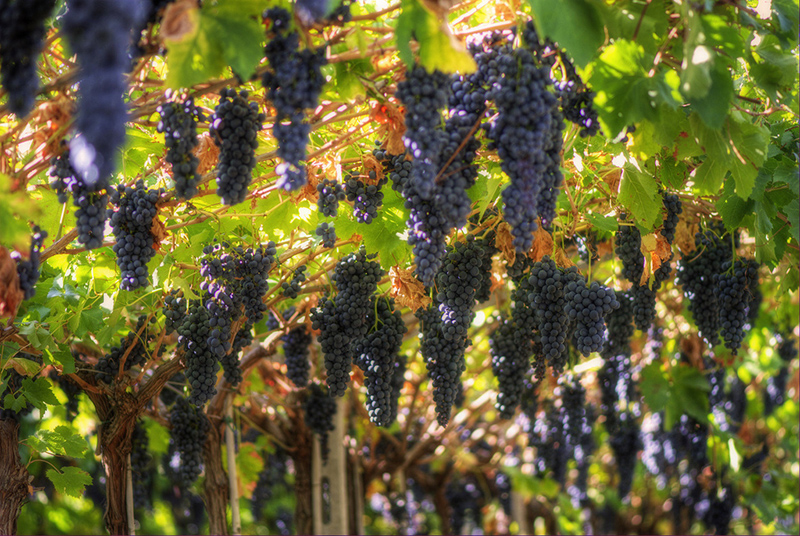Bitter & Sweet - AMARONE:
A beautiful destiny or a shortcut to success?
Being one of the finest Italian wine, Amarone has all the characteristics that you may expect from a great wine:
the intensity, the depth, the full dimension from familiar dusty part often found in Italian red wine, to dried fig, plum, cinnamon, chocolate… even the color - although not a criteria for quality of wine, but often not a common sharing for some well known Italian grape variety or wines, such as Nebbiolo, Saugiovese, or Amarone’s own root and source - Valpolicella- the lowest appellation for a light-bodied red fruit note, fragrant daily wine.If you ever have any complaints about it, there might be only two things: its high price and its high alcohol level.
It is often believed that the creation of Amarone is a beautiful accident: a forgotten Recioto barrel which continued to ferment, which created a powerful, full-bodied dry wine. However, Amarone is only marketed more than a decade after creation, along with cultured yeast technique as traditional indigenous yeast may not be active or survive with high alcohol or high sugar level.
History is never created occasionally, especially Recioto was recorded as early as Roman times, Amarone’s appearance is more than a beautiful destiny.
Moreover, take a look at the most important components of Amarone: Corvina, without mentioning how its thick, resistant skin is perfect for going through drying process, this off-vine dehydration is even “an absolute necessity” (says Ian D’Agata), as it has difficulty to obtain enough sugar concentration and alcohol potential. Another drawback might worth mentioning is its tannin, which, as we know, is important for extend ageing potential. That’s where the 2nd most important grape variety Corvinone can play a role. Not as its name “big corvina” shows, it is actually far from Corvina’s family tree. Often, together with Corvina, the two varieties setup the backbone of Amarone, and in many cases, increase an intense, masculin wine in style, maybe more or less at the expense of drift-away friendship with another traditional blend Molinara, which uses to provide more acidity, but dilute the color. (American palate takes power again? )
With all respect to vine growing and wine making, including endless efforts on selection of grape cluster and drying condition control, Appassimento Method itself is so smart and genius. It is more than just a mass loss by dehydration of water (around 40% of mass loss, moisture content and Brix ratio is analyzed to estimate the dehydration time). Once leaving the mother vine, the grape quits sugar ripeness and phenolic ripeness. However, during post-harvest dehydration, natural sugar and aromas are concentrated, by the response to metabolic stress with a series of physio-chemical changes (enormous study on different perimeters on different grape varieties, but difficult to provide a generalized description), such as enzymatic oxidation, protein synthesis, phenolic acid increase, etc (Botrytis can be part of product also which gives more glycerols to provide sweetness and velocity to the wine).
it seems, like a miracle cure for everything, to complete or complement harvest ripeness even the climat condition is less favorable…Will we still stick to or emphasize “The sense of Place” - Terroir?
The success of Amarone eventually brought also the success of “Baby Amarone”- Ripasso. Is it consumer’s fortune or just another prouve of post-harvest dehydration success?
Although success can’t only rely on one unique process, just as Mr. Amarone - Sandro Boscaini (Masi) and all great wine markers and we wine lovers truly believe, shall we dare to say that a shortcut of success is just in front of our eyes?
Article by: Jin ROGER, DipWSET
© 2024 Vinetude - All Right Reserved


